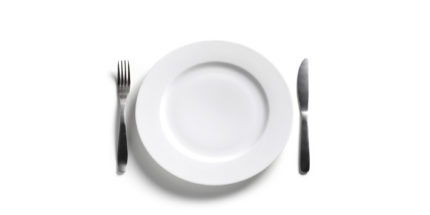As a nutritionist, I always suggest that my clients get a jump-start on weight loss and a new way of eating with a short “cleanse,” to help eliminate cravings, wake up the digestive system, and prepare the body for a new healthier way of eating.
Figuring out which foods are best for a “cleanse” can be tricky. So many foods feel refreshing and rejuvenating—hot tea, raw vegetables, and fresh fruit come to mind. And with good reason: foods with insoluble fiber (like raw veggies) or a diuretic effect (like green tea), promote speedy digestion and “flush” the GI tract. These foods can be considered the best “cleanse” choices. Here are some of my faves and why they just might work!
•Artichokes contain antioxidant plant compounds called caffeoylquinic acids, which are used to treat hepatic (liver) disorders because they stimulate bile flow. Bile helps the body to digest fats, and efficient bile flow clears the system of potentially inflammatory substances contained in fatty foods.
•Avocado provides heart-healthy monounsaturated fatty acids and glutathione, a compound that blocks the absorption of certain fats by the intestines that cause oxidative damage AND is essential for liver pathway cleansing.
•Beets are among the few edible plants that contain betalains, plant pigments that give some beets their deep red color and have powerful anti-inflammatory and fungicidal properties. Betalains promote cell structure, repair and regeneration, especially in the liver—the body’s primary detox center.
•Broccoli is one of the cruciferous vegetables, which are named for their cross-shaped flowers and known for powerful antioxidant properties. Science has shown that a diet rich in cruciferous veggies reduces the risk of certain cancers. Other cruciferous vegetables include cabbage, cauliflower, Brussels sprouts and kale.
•Collard greens increase bile acid binding, which makes it easier for bile to bind to large lipid molecules and pull them apart. Leftover bile acids are then excreted from the GI tract normally, taking leftover lipid molecules with them. Bile acid binding therefore helps to keep LDL “bad” cholesterol in check.
Read more: Women’s Health


